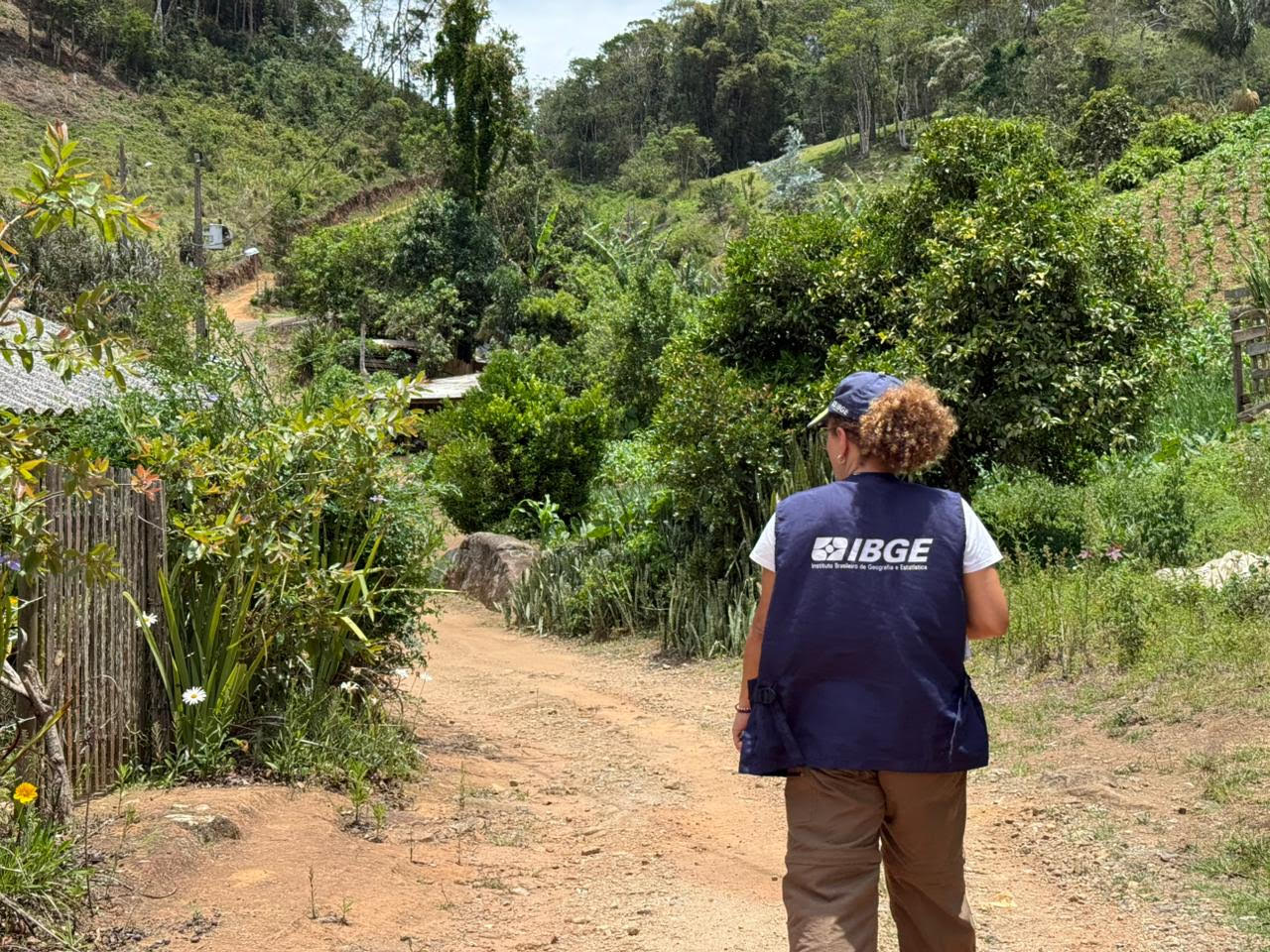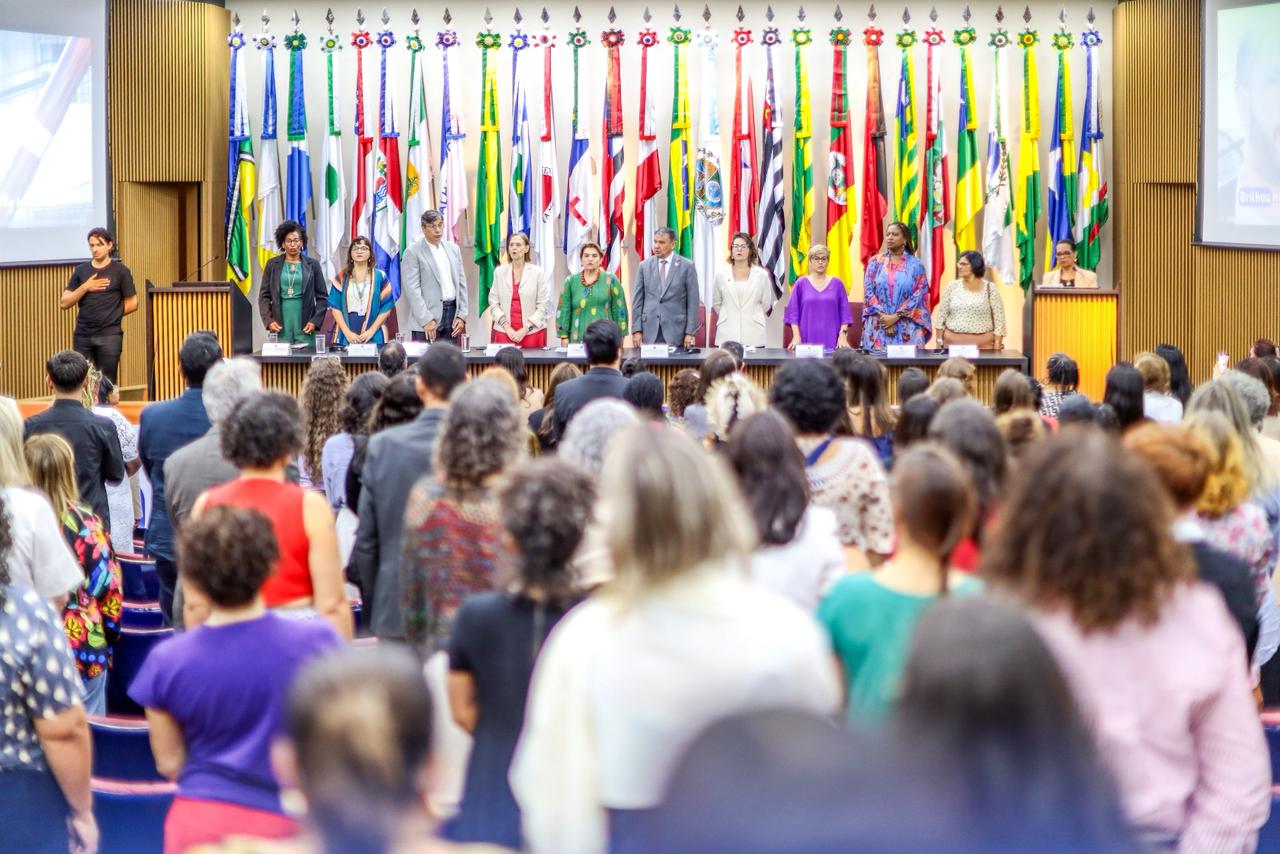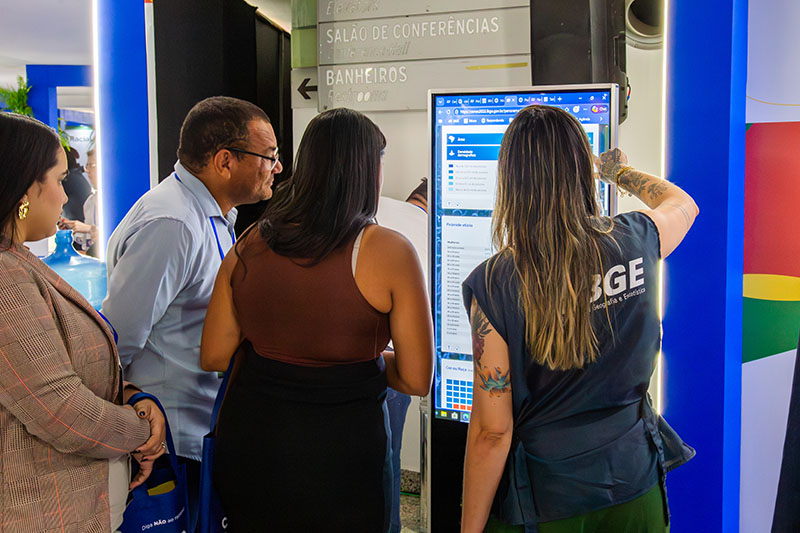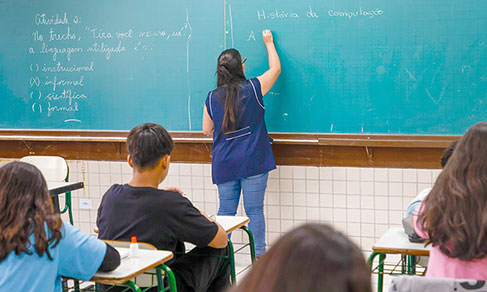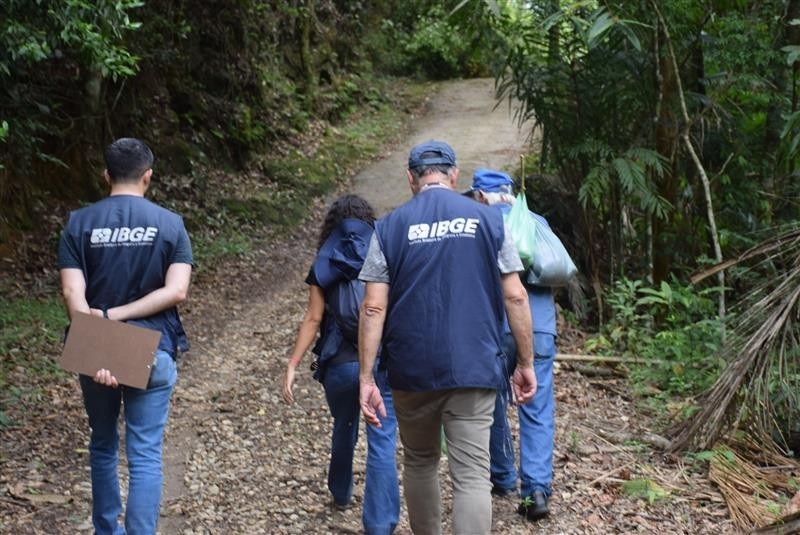PNAD COVID19
Two million interrupt strict social isolation in second week of September
October 02, 2020 09h00 AM | Last Updated: October 13, 2020 11h55 AM
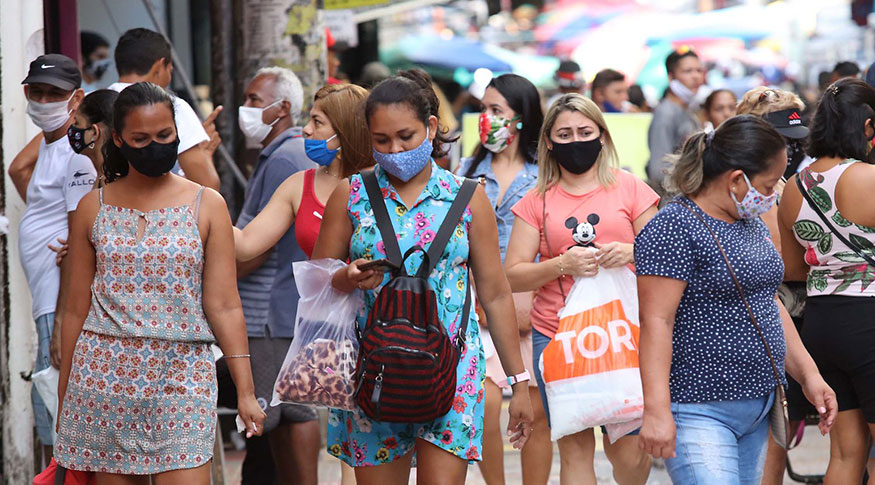
The number of persons strictly isolated as a containment measure against the Covid-19 pandemic dropped by nearly 2 million between the first and second week of September, changing from 37.3 million to 35.3 million. On the other hand, the contingent of those who stated to have reduced the contacts, yet remained either going out or receiving visits, increased by 2.5 million. They are 83.2 million persons adopting a more flexible behavior about social distancing. The data are from the weekly edition of PNAD COVID19, released today (2) by the IBGE.
"The percentage of persons who reported to have stayed strictly at home significantly dropped, from 17.7% to 16.7%, while the percentage of those who reduced their contacts, but remained going out to work or receiving visits increased," highlights Maria Lucia Vieira, coordinator of the survey.
The survey estimated at 6.1 million the number of persons who did not make any contact restriction, remaining stable in relation to the previous week. The group of those who stayed at home and only went out due to a basic need also remained stable. It represents 40.5% of the Brazilian population, adding up to 85.6 million persons.
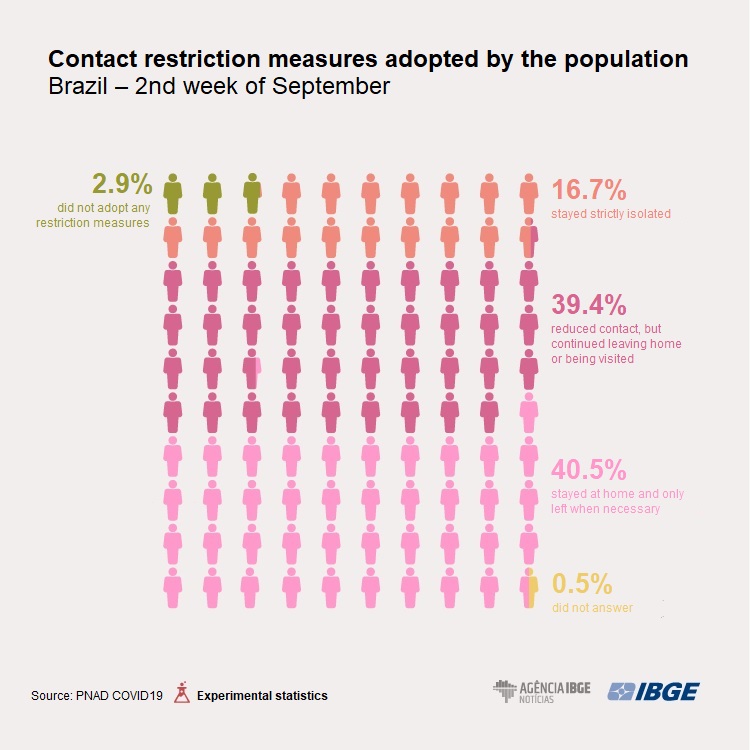
The scenario was also stable in most labor market indicators between September 6 and 12. "Having positively changed along the last three weeks, the employed population remained stable at 82.6 million persons. The unemployed population also remained stable," states Vieira. As a result, the unemployment rate stayed at 14.1%.
Having changed from 27.3 million to 26 million, the number of persons who did not look for a job but would like to work fell 4.5%. The contingent of persons who did not look for a job due either to the pandemic or lack of work in their localities also decreased. They were 17 million in the first week of September and changed to 16.3 million.
Another group that dropped was that of persons who left their work due to social distancing, changing from 3.4 million to nearly 3 million. In contrast, the persons who were working remotely were estimated at 8.2 million. "The percentage of the population that has been working remotely remains stable, around 10.7% along the last three weeks," says the researcher.
9.7 million had some symptoms of flu-like syndrome
Concerning the health indicators, the survey points out that 9.7 million persons had some of the symptoms of the flu-like syndrome, like fever, cough and difficulty to breathe. The figure, which remains stable in relation to the previous week, dropped when compared with the first week of May, when 26.8 million reported having had some of the symptoms.
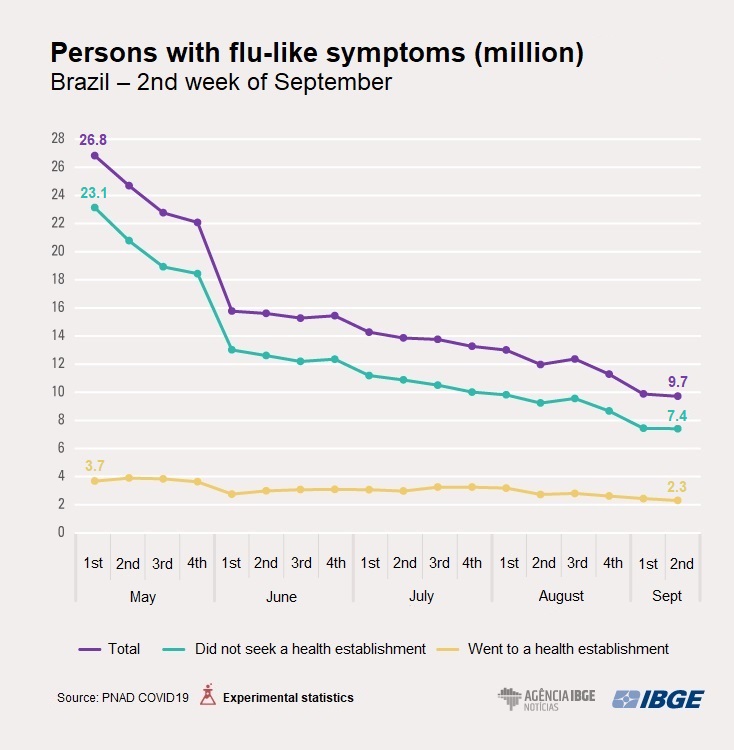

In the second week of September, 23.6% of those who had any symptom looked for medical care in health establishments, like public or private hospitals and medical centers. This percentage also remained stable against the previous week.
Of the 2.3 million persons who looked for medical care, 606 thousand went to public, private or military hospitals. Of them, 108 thousand were hospitalized, which also represents a stability compared with the previous week.
39 million students had school activities in the week
The percentage of students who had school activities at home rose to 84.4%, adding up to 39 million. This is the biggest contingent since this theme began to be surveyed, in the week of June 28 to July 4. Of the 46.2 million students registered in schools and universities in the second week of September, 14.7% did not have any school activity, a drop of 1.1 percentage points over the previous week.
The survey also points out that only 25.5 million had school activities along five days of the week, whereas 858 thousand had them only one day.
Data on percentage of hospitalized persons amended
The IBGE´s Coordination of Labor and Income reported to have noticed a programming error in the "Percentage of persons who were hospitalized" health indicator. The amendment in the time series of the survey has already been included in its table plan.



